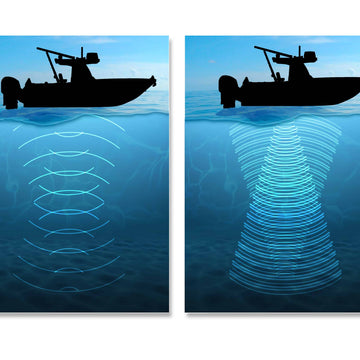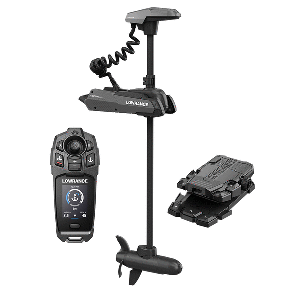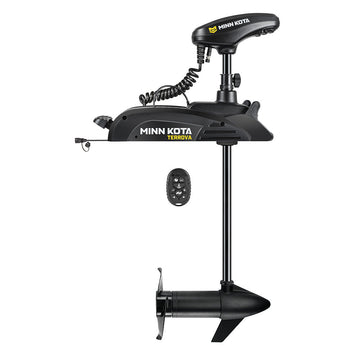
CHIRP Sonar vs. Traditional Sonar
Here's a comparison between CHIRP sonar and traditional sonar to highlight their differences:
| Feature | CHIRP Sonar | Traditional Sonar |
|---|---|---|
| Signal Type | Transmits a range of frequencies | Uses a single frequency pulse |
| Image Clarity | High-resolution, clearer images | Lower resolution, more noise |
| Target Separation | Superior target separation (can distinguish fish from structure) | Limited ability to differentiate targets |
| Depth Range | Effective in both shallow and deep waters | Works best in shallow or moderate depths |
| Noise Reduction | Significantly reduced interference | Prone to more noise and signal clutter |
| Energy Efficiency | Consumes more power due to continuous frequency range | Lower power consumption |
| Cost | Typically more expensive due to advanced technology | Generally more affordable |
Key Differences:
- Frequency Range: CHIRP uses a continuous sweep of frequencies, improving accuracy, while traditional sonar uses a single frequency, limiting detail.
- Clarity & Detail: CHIRP provides clearer, more detailed images with better depth penetration, while traditional sonar offers less precision and struggles with clarity in deeper waters.
Best For:
- CHIRP Sonar: Anglers seeking highly accurate fish detection and those exploring deeper waters.
- Traditional Sonar: Suitable for general-purpose use, budget-conscious users, and shallow water fishing.
Related Articles



